Vision Drawings: Session #1
Cole Thompson is a modest rebel in the photographic arts who is guided by a set of personal principles and wisdom that have served him well as a masterful photographer. I have had the utmost privilege of corresponding with Cole around my psychology of photography (Vision Drawings / Oramagraphy™) and many other topics and I have become even more impressed by his images and his “what you see (and what you read) is what you get” philosophy about life and photography. It is my pleasure to have Cole inaugurate the first episode of Vision Drawings: The Sessions!
“Cole In The Art Gallery”
Self-Introduction
I’m an artist who loves b&w photography. I fell in love with photography at the age of 14 while living in Rochester, NY and then I lived and breathed photography for the next ten years. But family and career were my priorities and so I put down the camera for 30 years. In 2004 I returned to photography and slowly realized that I no longer wanted to “take pictures” but instead wanted to “create images” like the ones I was seeing in my head. This desire led me on a pursuit to find my Vision, and part of that discovery was coming to the realization that I wanted to create for myself and be happy rather than creating for an audience and being popular. And that’s what I’ve been doing.
Q1. Prescience (Frame of Vision): Photographic vision is often considered an ambiguous but autobiographical notion, an ethereal but practical insight for the photographer into the invisible world made visible through a process of discovery (e.g., previsualization) and time in the darkroom (e.g., post-processing). When you consider this series of photos, how would you describe your own photographic process before, during and after you take the photograph and why you chose to make the photographs the way you did?
John, my photographic process is very simple; when I look at a scene I don’t see it through my eyes, but rather through my imagination. I call that my Vision. For example, I created “Skeleton” when I had just started out with digital and didn’t know a thing about Photoshop yet. When I saw those bones on the ground, surrounded by all of those leaves, I immediately knew how I wanted the image to look. My problem was that I didn’t have the processing skills, and so what did I do? I developed the skills and created the image according to my vision. Here’s a before and after of the image:
“Skeleton”
I like to say that my images are made up of 1/3 Vision, 1/3 the shot and 1/3 processing. Vision is the most important ingredient because it’s the common thread that runs throughout the creation of the image. It is what drives the shot and the drives the processing. It is the key ingredient in creating my images and what gives my technical skills purpose. If I envision something but do not have the skills to create it, I learn them. But if I do not have a Vision of the image, then no amount of technical skills can compensate for that deficiency.
Why do I choose to make my images the way I did? Simply because that is how I saw them. Rarely do I make any big or unexpected decisions in post processing, those decisions were made when I took the shot.
My process is very simple: I look, I see, I create. I don’t think about it, I just do it.
I used to think that great images were created by sitting for hours surveying a scene, carefully checking every angle and every minute detail. But I rarely work that way.
I usually walk up to a scene, quickly survey the different vantage points, compose and shoot. It’s usually done very quickly and without much angst.
I can think of two occasions when the shot took hours, but there were mitigating circumstances:
“Harbinger No.11”
This is “Harbinger No. 11” and I lay in that Nebraska grass field for hours waiting for that cloud to drift to the center of the frame, but it never did. But what I did learn is that clouds don’t really drift into place, but rather form and dissipate in certain spots.
At some point I realized that the cloud was never going to be centered and I also realized that it really wouldn’t look the best centered, and I took the shot with it off center.
Here’s a shot that took me 6 hours to get:
“Balance”
This is “Balance” and the reason it took me six hours is because these exposed pilings are sitting out in the middle of a swimming bay in Split, Croatia and a boy came out and sat on the pilings for more than four hours. I kept waiting and waiting for him to leave, but he didn’t. He just sat there talking to himself and waving his arms around.
The longer I waited, the more my common sense told me to leave. “Salvage the rest of your day and go get another shot somewhere else!” I thought. But the stubborn side of me said: “You’ve got so much time invested already, stay and wait for the shot!”
When he finally did leave and I was getting my camera ready, two other boys swam out to the pilings and sat there talking for two more hours! When they finally left, I got two things: this shot and a tremendous sunburn.
But these two images were an exception; most of my images are quickly composed and shot.
I look, I see, I create.
Q2. Paradox (Frame of Change): Photographers often strive for personal satisfaction first and originality second. However, each photographer offers a signature moment of personal originality that resonates with themselves and others as part of their development as artists. Is there a photo(s) that did that for you? What do you think your photos say about you as a photographer?
“The Angel Gabriel”
The Angel Gabriel was the first image that I consciously “created” rather than captured. It came at a time when I had been seeking my Vision and was wrestling with the concept of being an artist, rather than a photographer. As a photographer I carried all of this baggage, rules that I thought that I had to follow. The biggest rule was that I was not to “manipulate” the image. However I came to realize that everything we do as photographers manipulates the image: where I stood, how I framed and cropped the image, what I included and didn’t include and etc.
It was liberating to start thinking of myself as an artist! I was no longer constrained by any such rules and in fact my goal was now to manipulate the image so that I could bring the photograph in line with my Vision. I was free to manipulate, contort, distort and anything else I wanted to do to my images. I no longer “took pictures” but I now “created images.”
Some say there is nothing original and that everything has been photographed. It’s hard to argue with that, but I would say that not everything has been photographed through my Vision. For example, many have photographed lamps before, but I think my Ceiling Lamp series were photographed with a unique Vision.
“Ceiling Lamps” Series
However I want to make it clear that I do not set out to be unique: I do not watch what others are doing and then seek to be different from them. I simply try to stay connected to my Vision and follow it.
Sometimes following your Vision creates work that is not unique in the bigger sense, but it is unique to you. Let me explain.
A few years ago I submitted my “Grain Silos” portfolio to LensWork. Brooks Jensen replied that he’d love to publish the series, but that he was publishing an almost identical series by a photographer named Larry Blackwood. Well the odd thing is that Larry and I are friends and had been working on the same project at the same time, and yet we were unaware of what each other was doing. And odder still, we each produced a very similar body of work. So what does that mean?
I think it shows that we were each creating original work, but only original to ourselves…which is all that I care about.
What do my images say about me as a photographer? I don’t know. My “job” is to create and I’ll leave the interpreting to others.
Q3. Parallels (Frame of Relations): The elements of a photograph come together in harmony to communicate an admiration of a subject, to provide an interpretable story in a stilled moment, and foster a relationship between the photographer and the viewers. Although we often want the viewer to provide their own insights into our photographs, what do you think people notice the most about your work (e.g., an underlying theme) and why?
Beyond the physical characteristics of my work being dark and contrasty, I not sure what people notice about my work. If there is an underlying theme that runs through my images, I am unaware of it.
I never have believed that my work needed to look similar, or that I should focus on one subject or that there should be a theme that runs through my images. If you look at my work, you will see a large range of subjects, techniques and looks.
All images © Cole Thompson
The only underlying theme that I am aware of is that I created these images honestly and with no attempt to copy anyone else’s look. I did not create them to please an audience, to sell well or to win awards. I never consider what others will think when I create an image.
My philosophy is this: what others think about my work, is none of my business. I’ve worked hard to learn to create for myself and to not be swayed by what others think.
Q4. Perception (Frame of Reference): You have probably heard the adage about there being as many realities as there are people but there is one thing that seems to be quite universal: the sense of wonderment about the beauty we find and capture in moments and the emotion that encapsulates it all. I am fond of saying that the complexity of beauty gives the artist a beautiful complex. How and why has photography changed the way you sense and perceive the world?
I’m not sure how photography has changed the way I see the world, or perhaps I’ve been doing this for so long that I just cannot remember what life was like before I was a photographer.
I do notice that when I am in “creative mode” that I look at things differently than when I am in “everyday life” mode. When I am creating, I am looking for shapes, lines and contrasts. A scene becomes almost abstract to me as I reduce it down to its basics.
If I can find a pleasing composition in the image, despite the challenges that may be there, then I can usually work with it. Every image will have some distractions and sometimes it will have serious ones. My job is to remove or obscure those distractions so that that image I envisioned as I stood there, can be brought out.
Here’s a “before and after” of an image that had a good basic composition, but also serious distractions and challenges:
“Peterhof “ – The After
This is “Peterhof” in its final form, it is a very simple image. But here is the original with all of its warts:
“Peterhof “ – The Before
I want to point out that I didn’t take this shot and then come home and try to find a way to make a good image out of it. I knew what it was supposed to look like when I took the shot.
A side note about this image: all the shots I took with my Canon 5D did not work out and I thought I had lost this image. But then I remembered that I had taken one shot with my iPhone, and that’s what you are seeing above, an iPhone shot.
I bring this up because it illustrates that Vision is more important than equipment. I’d prefer an iPhone accompanied with Vision over the world’s best equipment and armed only with technical skills.
Q5. Personality (Frame of Mind): If you had to describe yourself as a photographer using three distinct words, what would they be and why? Are there hints in these photographs that speak to your individuality or essence as a photographer?
1. Black
2. and
3. White
I have a love of black and white that I cannot describe. People insist on knowing the “why” and so I tell this story to pacify them:
I am often asked, “Why black and white?”
I think it’s because I grew up in a black-and-white world.
Television, movies and the news were all in black and white.
My heroes were in black and white and even the nation was segregated into black and white.
My images are an extension of the world in which I grew up.
I have no idea if this is true or not, but it is something people can relate to. The absolute truth is that I do not know why I love black and white. It simply speaks to me in a way that I cannot put into words.
Q6. Progression (Frame of Time): Although the “what inspires you” question is tried and true, I want to ask it in a different way: what do you think will inspire people about you and your photography in a few years time and why? Is there any advice that you would give fellow photographers about things they need to do to gain confidence or avoid on the road to self-fulfillment as artists that you wish you knew years ago?
I do not know what will inspire people about my work in a few years. If I could be like Tom Sawyer and attend my own funeral, here is what I’d like to hear people say about me though:
He was honest.
He thought and created for himself.
He strove to be the best artist that he could be, competing with no one but himself.
I do have some advice for those who strive to find contentment from their art. But like most advice, it can only plant the seed of a thought and each person must learn for themselves. My advice is this:
Seek to please yourself with your art and do not create for fame, fortune or accolades.
Why? Because even if you do acquire those things, they will not bring you lasting satisfaction.
Lasting satisfaction comes from being honest with yourself, creating honestly and loving your work no matter what others may think of it.
What my years have taught me is that finding artistic contentment has little to do with art, but rather it is about becoming an honest and well adjusted human being.
Q7. What one insight did you gain about yourself as a photographer after going through these questions?
My answers to these questions reminded me how very different that I am from other artists that I know or read about. That used to bother me and I would either hide my views or I’d make a feeble attempt to conform and fit in.
I’m past that now and I’m happy to be like Popeye: “I yam what I yam, and that’s all what I yam.”
FIN
To subscribe to Cole’s newsletter and order some of his prints, please check out the links below:
Website: http://www.colethompsonphotography.com
Blog Site: http://www.photographyblackwhite.com/
All images © Cole Thompson

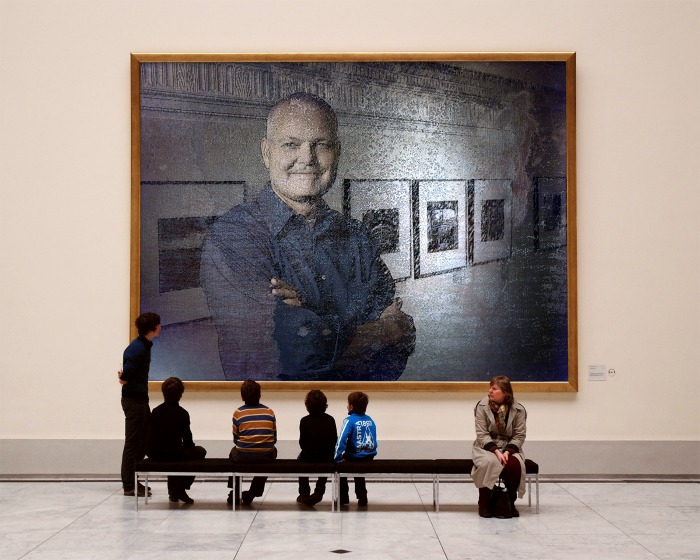
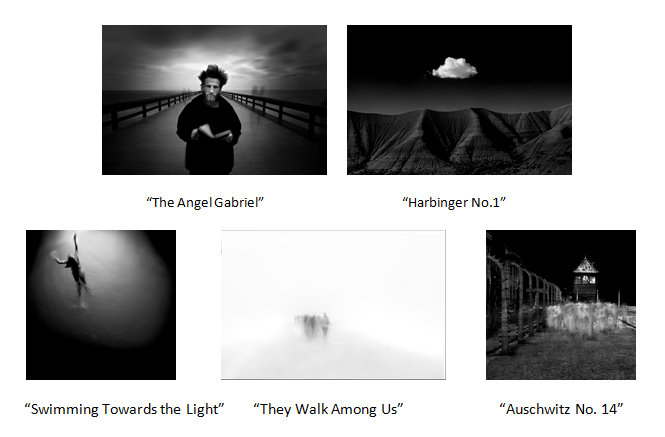
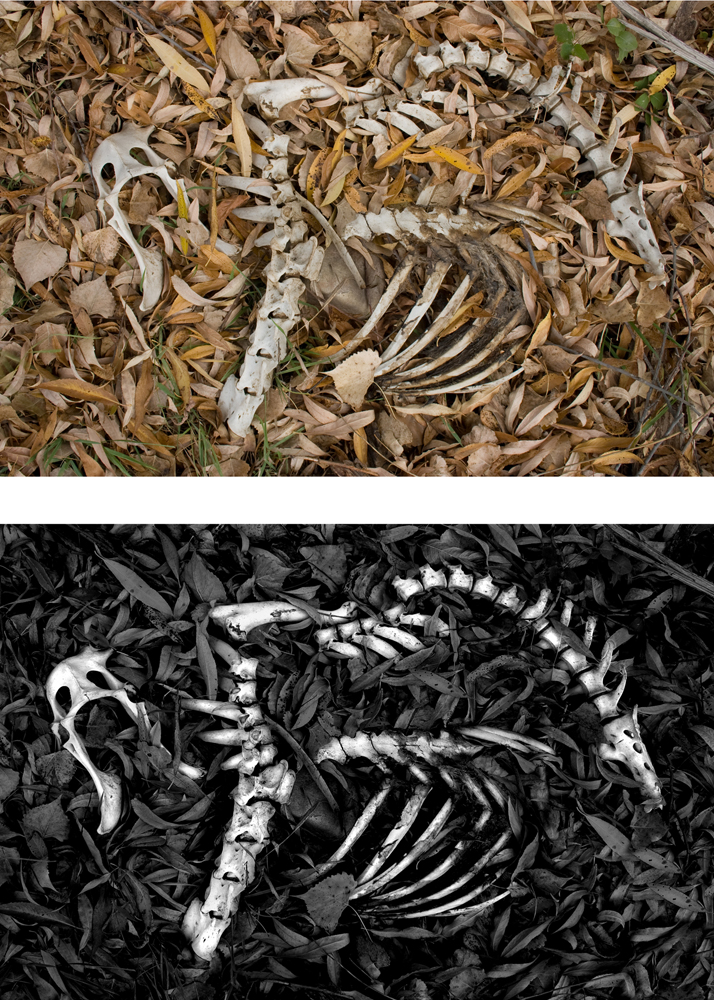
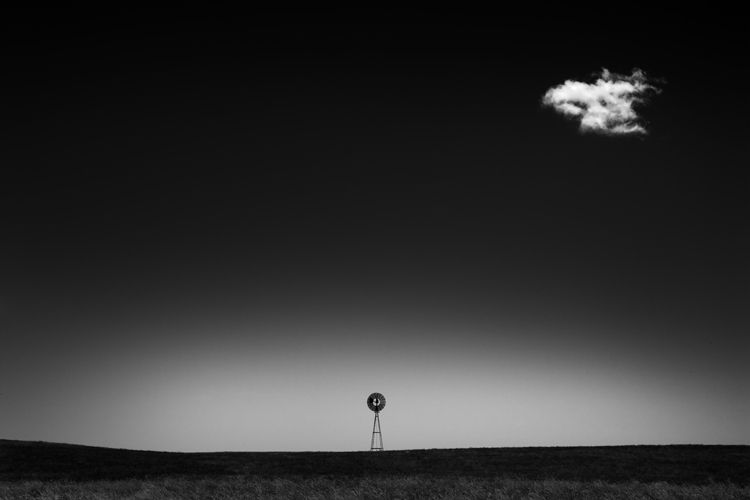
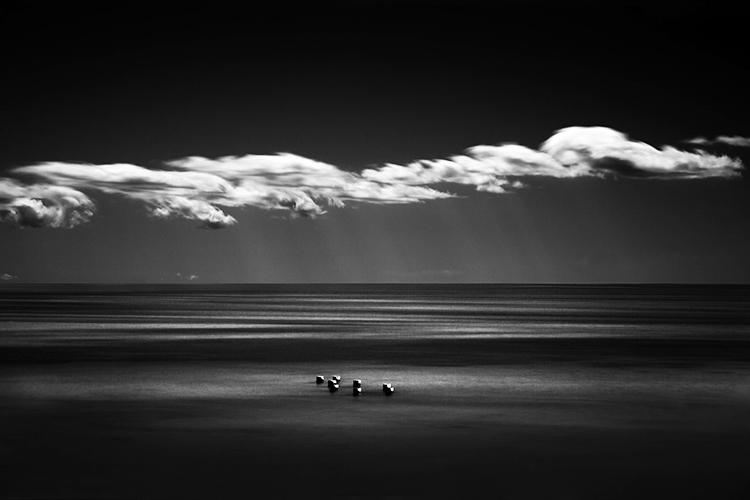
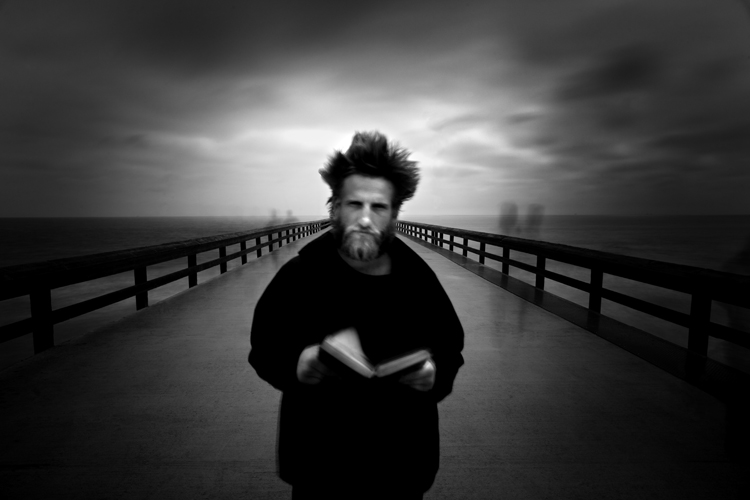
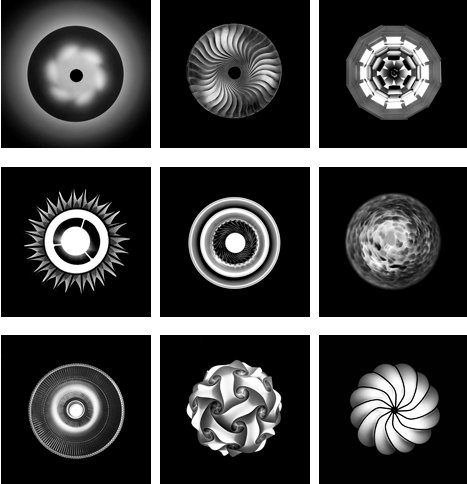
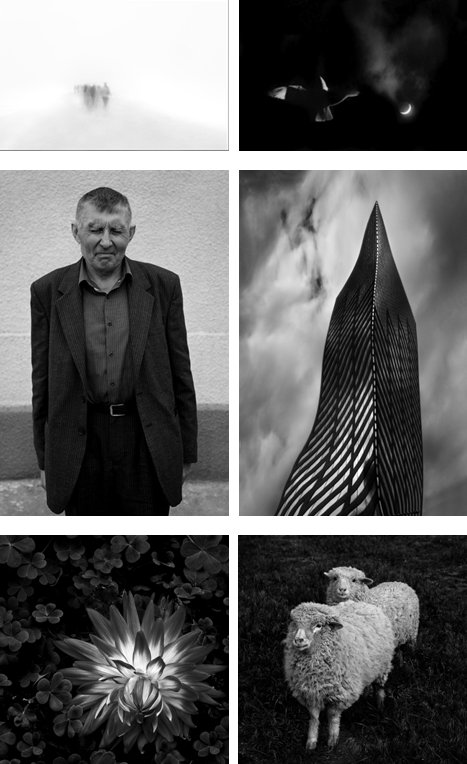
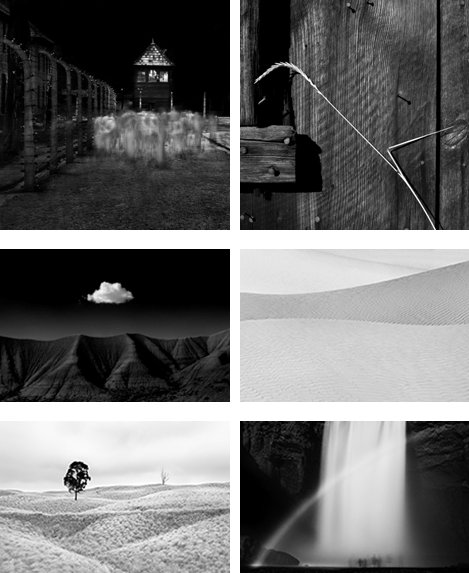

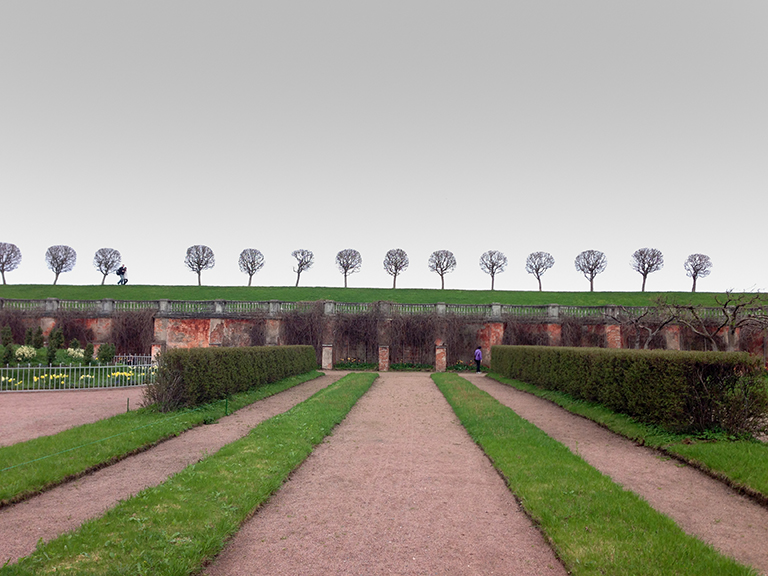
Simos Xenakis
16 Apr 2014Wonderful interview, John. I love Cole’s philosophy about creating art; self-satisfaction being the #1 priority. He’s one of the most down to earth artists I’ve ever known (of). Would love to view his work in person and have the pleasure to meet him someday. I appreciate seeing some of those before and after pictures too. Nothing to hide. After all, this is about creating, not documenting. Much success with the new series of interviews!
eremophila
21 Apr 2014Despite Cole considering he is better with a camera than with words, for expressing himself, I think he’s done a wonderful interview here. Thanks for the great questions too.
Jason Bartimus
28 Apr 2014I just wanted to chime in and say that Cole, for me, has the most refreshing philosophies on what it means to be an artist.
John Barclay
28 Apr 2014Good interview with the always thought provoking ideas from Cole. Well done.